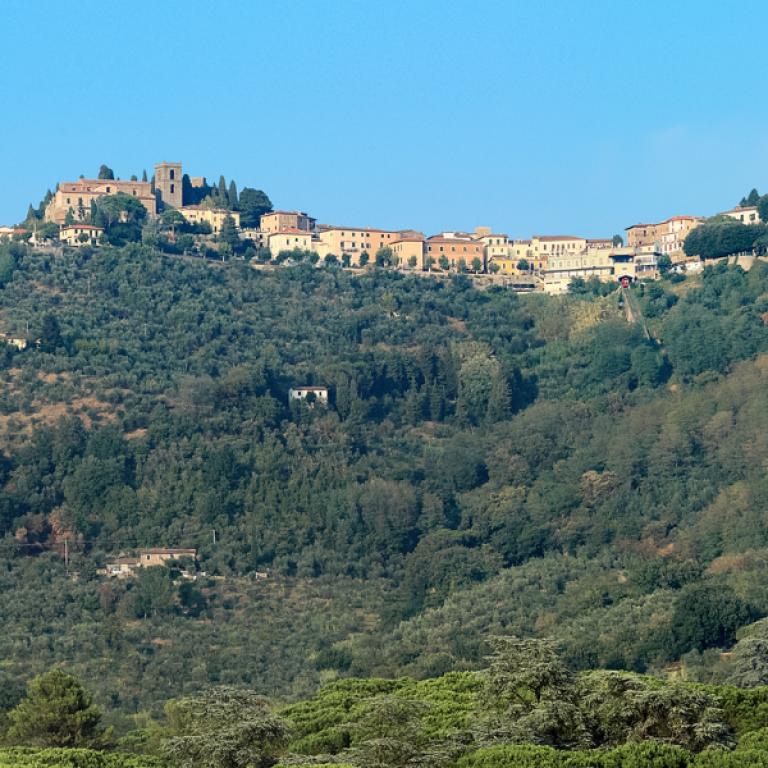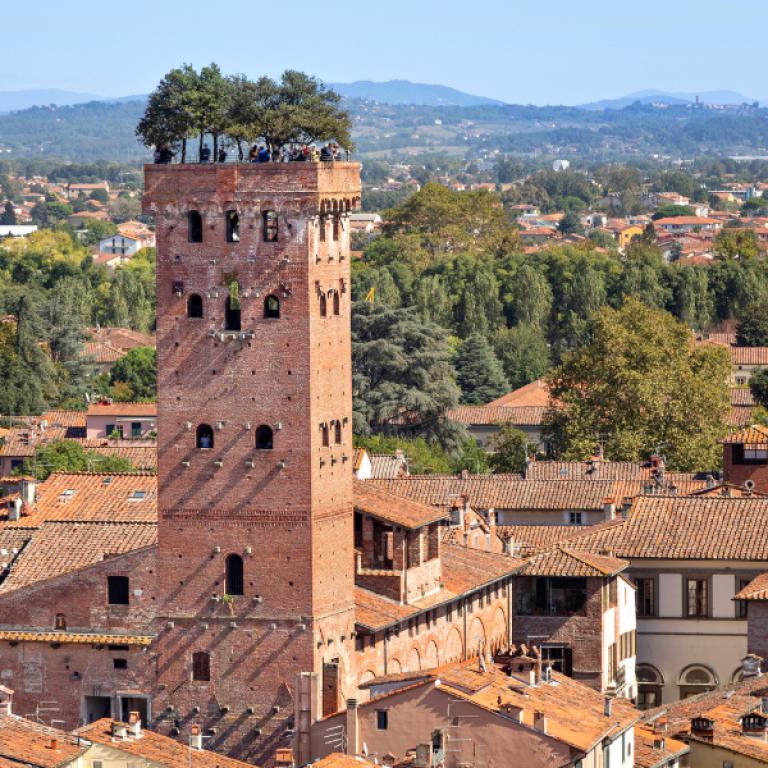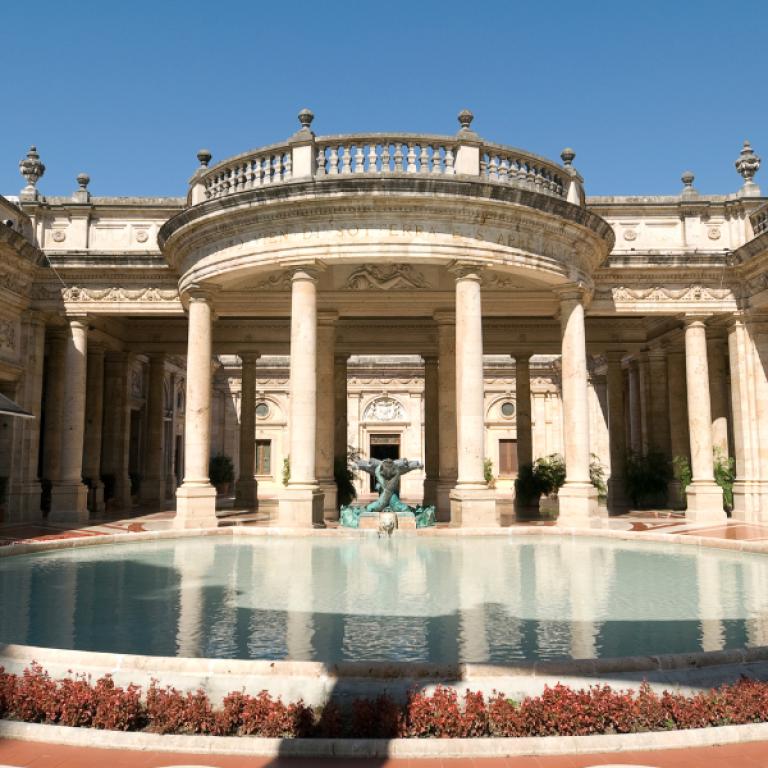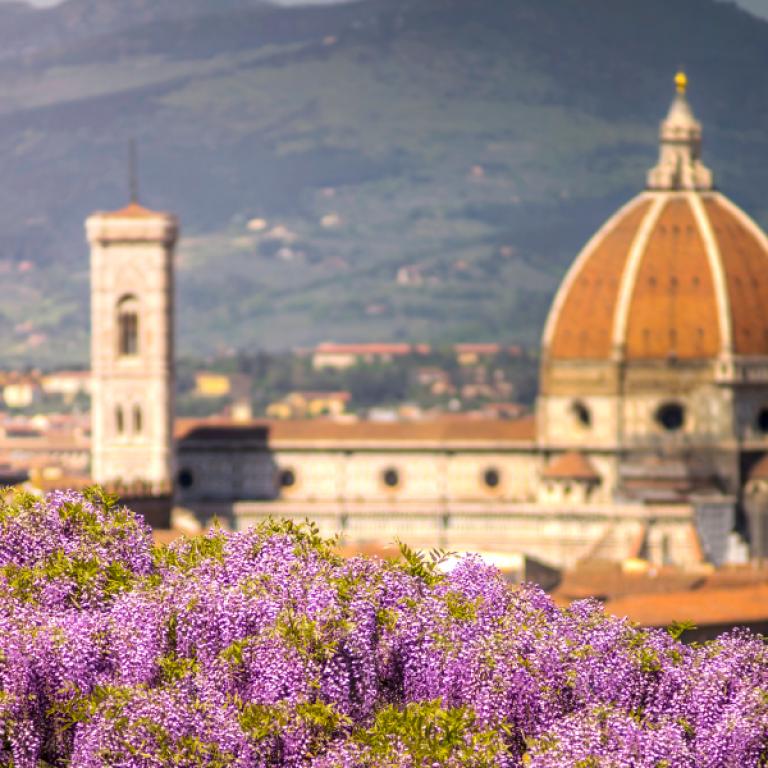Did you know Tuscany has its own small Camino de Santiago? It is the Way of Saint James (Cammino di San Jacopo), from Florence to Lucca: four days of walking along the Via Cassa-Clodia, a true stretch of the Camino towards Santiago which leads from the cradle of the Renaissance the walls of Lucca through Prato, Pistoia - the little Santiago - and Pescia.
We start from Florence: after just a few steps you already feel like a traveler walking through Etruscan gardens and necropolis, noble villas and ancient parish churches. Prato, the first stop, is a little-known jewel, with its Swabian castle, its multicolored marble cathedral, the influence of the Chinese community which enlivens and enriches it. And then Pistoia, which houses the relic of San Jacopo in its Cathedral, which arrived directly from Compostella. You will then encounter the medieval village of Pescia and nearby Collodi, the city of Pinocchio, until reaching Lucca, city of elegant shops encircled by its ancient walls, with hanging gardens decorating tall medieval towers.
On your way, protected natural reserves, fortified villages, jewels of industrial archeology and Roman roads; a concentration of art, nature and history in four surprising days of walking.












